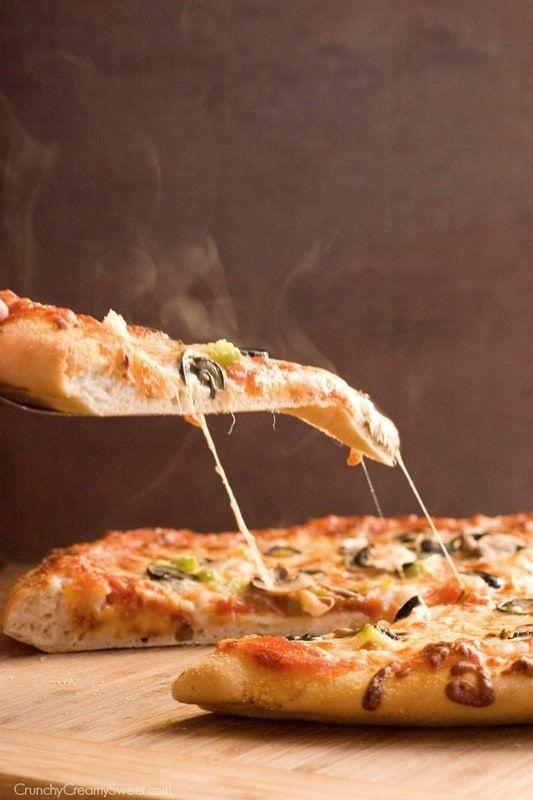Here at OpenInformationPlatform, we're firm believers that the cornerstone of extraordinary pizza lies in the dough's craftsmanship. With over 30 years spent refining our method, we're keen to part with a few of our time-honored tips. Our precise blend remains a cherished secret, but the guidance provided will surely elevate your homemade pizza crusts to professional heights.
Flour Quality is Key
The backbone of any superior pizza dough is premium flour. For optimal results, we advocate the use of 00 flour, an ultra-fine Italian variant with a protein content around 12%, striking an ideal balance of pliability and resilience. Absent 00 flour, a viable alternative lies in bread flour, though expect a discernibly altered texture.
Water Temp and Dough Hydration
Water's temperature contributes significantly to fermentation durations and dough maturation. Opt for chilly water near 45°F (7°C) to slow fermentation and enhance taste, or tepid water about 85°F (29°C) to speed the process up. A hydration ratio within the 60-70% range fits most home oven setups perfectly.
Yeast Moderation and Fermentation Timing
A less-is-more philosophy applies when it comes to yeast in pursuit of a full-bodied flavor. We utilize a mere 0.2% fresh yeast in proportion to the flour for a slow 24-48 hour fermentation period. This method cultivates complex flavors and results in a more digestible dough.
Role of Salt
Salt's duties extend beyond seasoning; it is crucial in fortifying the dough's gluten network and in managing the fermentation speed. Our preference: fine sea salt at a 2.5-3% quota of the flour's mass. Introduce it after blending your flour with water to prevent it from impeding the yeast.
The Fermentation Artistry
Post-mixing, allot a couple of hours at room temperature for your dough's initial rise, then segregate it into balls. Encase these in lidded containers and chill for a span of 24-72 hours. It's during this refrigerated fermentation that conversion of starches into sugars occurs, producing the depth of flavor and the coveted crust browning.
Considerate Dough Handling
When pizza time beckons, let your dough acclimate at room temperature for an hour or two before commencing. Poised fingertips should guide the dough's expansion—avoid the impulse to roll it, which deflates those sought-after air cavities.
The Importance of Heat
Our wood-fired ovens can surge to 850°F (454°C), a feat beyond reach for conventional home appliances. To mimic such intensity, a preheated pizza stone or steel for no less than 60 minutes is your best ally, granting the crucial scorching base to mimic the airy yet crispy crust texture.
Perfecting pizza dough is more akin to a pilgrimage than a fixed point. Each iteration is a new lesson in its nuances. We urge you to chronicle your experience, tweak your parameters, and carve out your niche in your kitchen's unique climate.
For an eyewitness glimpse into our dough crafting, consider attending our monthly pizza workshops, where Chef Luca will demonstrate these skills in depth. Peek at our events schedule for the forthcoming sessions!

